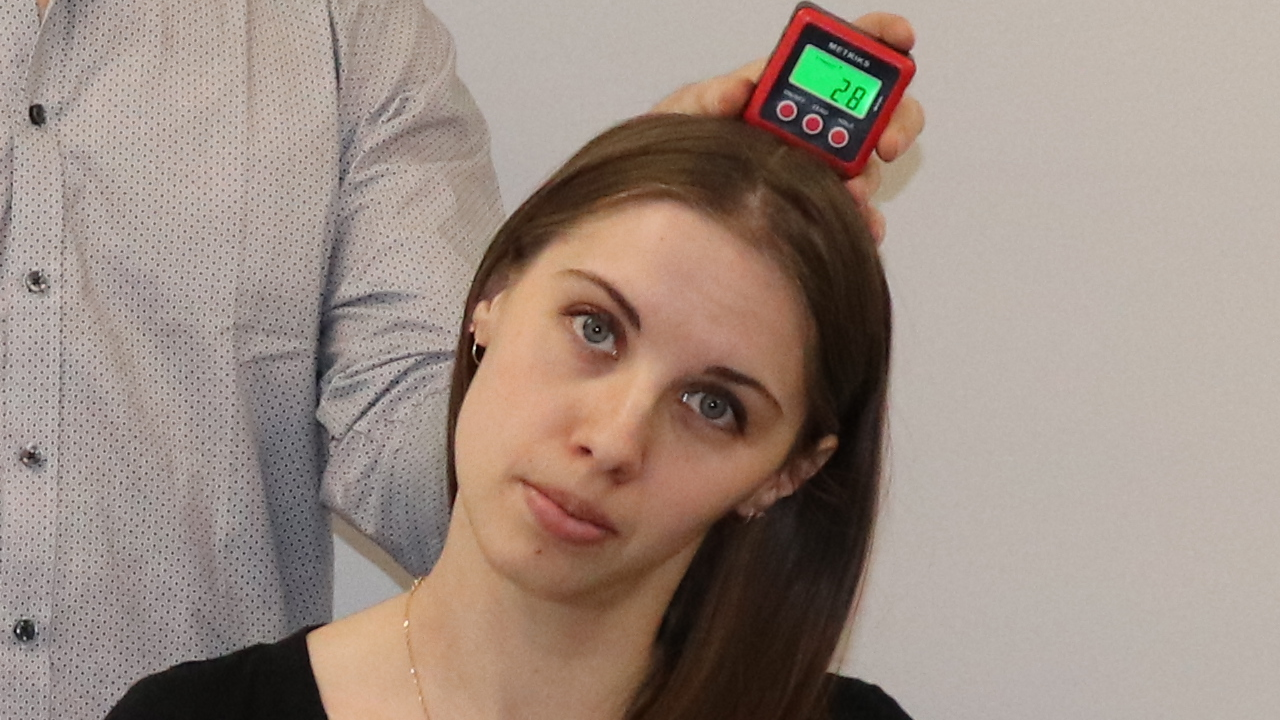Blog Posts
Musings about movement therapy and therapists, proactive and preventative health care, ideal clients and client outcomes
Happy New Year!

Happy New Year to you!
PHEW. I don’t have to tell you that 2021 was a tough year for many of us as we navigate ‘all the things’.
Many of you have taken the time to do an inward dive by redefining how you live - both in your home and in your body. Personally and/or professionally, you may have reorganized, downsized, right sized or even relocated. You’ve examined how you live and work, and perhaps where you work and for whom.
You may have learned to meditate, created some quiet time for intentio...
Wishing You A Restful Year End

(I captured this (slightly blurry!) mama and her youngster right outside my car window in Haliburton last winter)
Well, we made it!
As we slip and slide our way into the final weeks of 2021 it may be tempting to throw up our hands, roll our eyes and heave a great sigh (through our noses of course!). We may be ready to throw in the proverbial towel, put our feet up and binge watch yet another Netflix series (Schitt’s Creek again anyone?) For many of us it’s been a ridiculously long - and kinda l...
We did it! Kin School's a wrap!

We did it!
The first graduates of ‘Kin School’ have now collected their certificates of completion and pocketed quite a few continuing education credits!
For the past 12 weeks, from September to early December, kinesiology students and practicing kinesiologists came together from across the country every week to explore different areas of kinesiology.
Together with WillKin, eXpand Courses by Respiplus, Metriks Education and the Alberta Kinesiology Association, First Line Education was plea...
Did You Know? Breathing Training Can Provide Relief For Acid Reflux

According to the Canadian Digestive Health Foundation, one in six adult Canadians, or about 17%, are currently affected by gastrointestinal reflux disease (GERD). A systematic review completed in 2014 by the National Institute of Diabetes and Digestive and Kidney Disease in the United States, revealed that approximately 15 to 30% of Americans has GERD.
It is now recognized that conventional treatments for GERD such as the use of antacids are not effective (Vakil, 2006). The common prescription ...
What Does Success Mean to YOU?

Guest blog post written by Danny Carillo, a recent Kinesiology and Sports Management graduate from Western University.
The following list reflects on what I have learned so far during my academic, sporting, professional and personal journey.
Stepping Out of Your Comfort Zone
It’s been very interesting to me seeing how society tries to “mold” everyone into believing what’s acceptable and what isn’t. But I challenge you to NOT listen to what they say and go after what YOU want! Even if it...
The Pain Relief Secret: How to Retrain Your Nervous System, Heal Your Body and Overcome Chronic Pain by Sarah Warren

Pain can be elusive, frustrating, confusing, ‘illogical’, a bully, motivating, short term or seemingly everlasting and exhausting. It is interpreted by our brains and nervous systems differently. In her book published in 2019, Sarah Warren tells her story about experiencing two serious back injuries while training and performing as a ballet dancer.
After her dance career ended, Warren discovered the work of Thomas Hanna and his technique called ‘Clinical Somatic Education’. I wrote a review of H...
Are You Impaired?

Guest Blog Post Written By: Kevin Cairns, Founder Metriks Education Inc.
Are you impaired? What is the first image that comes to mind when you hear that question? For me, it is the roadside test of closing your eyes and touching your nose.
What is an impairment?
The American Medical Association Guides to the Evaluation of Permanent Impairment (AMA guides) define an impairment as “The loss of, loss of use of, or derangement of any body part, system or function.”
Why does the AMA Guides ...
Why Would I Want to be Certified in Job Demands Analysis?

Guest blog post written by Kevin Cairns
Prepare for the R-Kin Exam
Have you completed your R-Kin Exam? Completing a certification course in job demands analysis will prepare you for the exam questions on this topic.
Job Demands Analysis (JDA) is one of the core competencies listed by the College of Kinesiologists Ontario and Canadian Kinesiology Alliance. In fact, it is included on the areas of professional practice page, and explains JDA the following way: Kinesiologists analyze the physical...
Kinesiologists Are 'Treating' Practitioners

Are you simply supervising your clients as they work on exercises that someone else has prescribed to them? Or are you independently making treatment decisions based upon your assessment when a referring practitioner has already given you their diagnosis?
Even with a diagnosis in hand from another health care provider, I know you’re still going to do your own testing. Your testing will look like whatever falls within your own scope of practice and sphere of competence.
Your testing will vary dep...
Are Your Clients Ready For Their Assessment?

I’ve spoken with a TON of health care pros about their client assessment protocols over the years. I’ve been a ‘fly on the wall’ while watching many kinds of intake evaluations from the same practitioners and from different practitioners.
Some practitioners have told me that they have very limited time to complete their assessments, so they march their clients from the start to the finish as fast as they can with very little talking. They are SO experienced they could do their assessments from...


